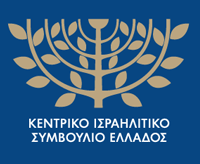OFFICIAL WEBSITE OF THE SYNAGOGUE OF CHANIA
HISTORICAL REVIEW OF THE JEWISH PRESENCE IN CRETE
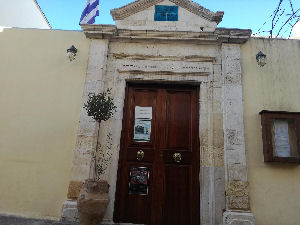 The oldest evidence of a Jewish community in Crete refers to an encyclical - a letter in favor of the Jews, sent by the Roman Senate (142 BC) to various countries, following the request of Simeon of Hasmanius. Since this encyclical was also sent to the Cretan city of Gortynia (15 Macc. 23:XNUMX), we can conclude that there was a Jewish community there.
The oldest evidence of a Jewish community in Crete refers to an encyclical - a letter in favor of the Jews, sent by the Roman Senate (142 BC) to various countries, following the request of Simeon of Hasmanius. Since this encyclical was also sent to the Cretan city of Gortynia (15 Macc. 23:XNUMX), we can conclude that there was a Jewish community there.
There is no doubt about the existence of Jewish settlements in Crete, after its occupation by the Romans in 68-67 BC. The pseudo-Alexander, who after Herod's death claimed to be his son, found ardent supporters and financial support among the Jews of Crete.
Philo of Alexandria mentions Crete among the countries with a large Jewish population (LegationadGaium, 282). According to the New Testament (Acts, 2:11), Jews from Crete lived in Jerusalem. Josephus, in fact, married in Rome a woman who belonged to a prominent Jewish Cretan family (los., Life, 427).
After the dismemberment of the Roman Empire in 395, the island remained part of the Eastern Empire. Under the Byzantine emperor Theodosius II (408-50) the Jews of Crete were severely oppressed. Possibly as a consequence of this oppression, in 440 they entrusted their fate to a false messiah, who claimed to be Moses, sent from heaven to lead the Jews of Crete across the sea to the Promised Land. Most of those who jumped into the sea and did not drown converted to Christianity.
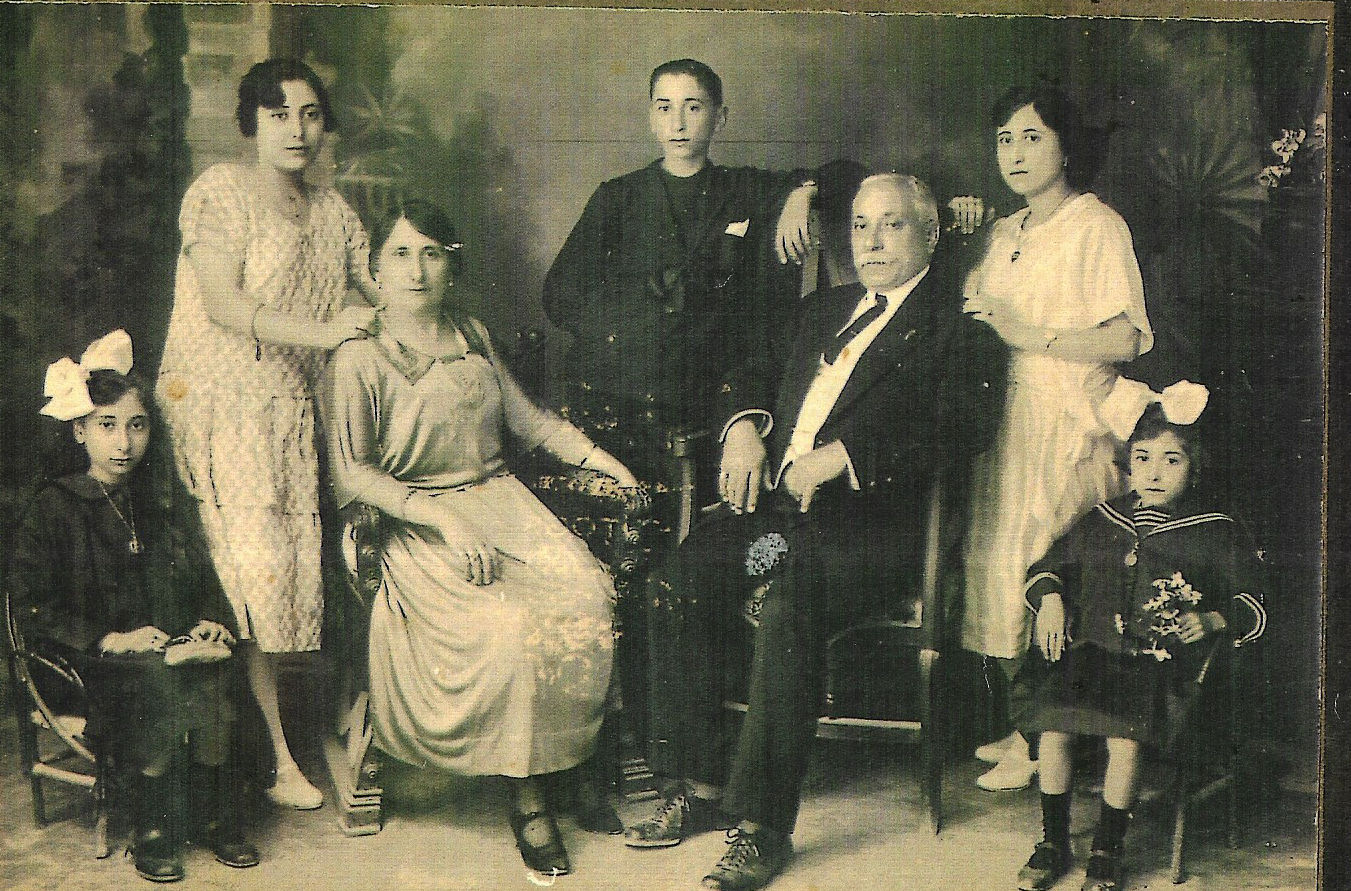 In 823, the Saracens invaded Crete, who encountered a fortified city surrounded by a moat (or "ditch"), from where the foreign name of the island, Candia, is derived. In 961 the Byzantines managed to recapture Crete. The position of the Jews by the Arabs and the Byzantines is not clear.
In 823, the Saracens invaded Crete, who encountered a fortified city surrounded by a moat (or "ditch"), from where the foreign name of the island, Candia, is derived. In 961 the Byzantines managed to recapture Crete. The position of the Jews by the Arabs and the Byzantines is not clear.
In general the Muslim rulers won the sympathy of the natives, while under the eastern empire their position, although not enviable, was probably no worse than that of other areas under Christian Byzantine tutelage.
During the period of Venetian rule (1204-166) the amalgamation of various Jewish communities took place.
The Romaniotes were the ruling class. The Greek language spoken by them entered even the functions of the synagogue. Throughout this period, Jews from East and West came and settled on the island, maintaining communication and ties with the other Jewish centers.
In 1228, Rabbi Baruch ben Isaac, on his way to Palestine, met in the city of Heraklion a small Jewish community, which surprised him for the laxity in observing Jewish traditions. Then a series of rules "TakkanotKandyah" ("The Rules of Crete") were established, to limit abuses.
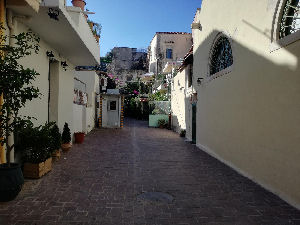 Nevertheless, even during the period of prosperity, the Jews of Crete did not exceed 1.160. They lived mainly in the port cities of Heraklion, Chania and Rethymno.
Nevertheless, even during the period of prosperity, the Jews of Crete did not exceed 1.160. They lived mainly in the port cities of Heraklion, Chania and Rethymno.
The Jews formed a middle class between the Greek population and the feudal nobles, except, however, they were treated like "serfs" and depended on the favoritism of the Venetian officials. From 1350 they were obliged to live in a certain quarter (Ciudecca) and not only to wear the distinctive Jewish badge on their chests, but to hang it on their houses. During the Feast of the Epiphany they were obliged to contribute to the Church a ducat per head for the lighting of the candles. There are also complaints that the Jews controlled the bulk of the trade. When the Greek population revolted in 1364, the Jews of Castel Nuovo were massacred by the rebels. About a century later, in 1449-50, the Jews were accused of showing contempt for Christianity by crucifying the Passover lamb, an original variant of the "blood accusation".
Two years later in 1452, the Jews were accused by a nun, of desecrating the Host. Nine prominent members of the Jewish community of Heraklion were arrested and tried in Venice, but after two years in prison they were released.
In general, the central government tried to protect the Jews, who in turn proved their legality.
An abhorrent duty of the Jewish community was the obligation to provide an executor.
During the war with Turkey in 1538, a rumor that the Jews were harboring Turks in their quarter led to an attack on them by the Greek population. The massacre was averted by the intervention of the Venetian army, and this day was established to be celebrated as the "Purim of Heraklion".
In 1568 the patriarch of Constantinople sent a circular to the Christians of Heraklion reprimanding them for the cruel treatment of the Jews. But when the fanatic Giacomo Foscarini (1574-77) ruled the island, harsh anti-Jewish measures were instituted to confine the Jews or force them to convert.
The Jewish Community was heavily taxed and extorted to finance the war against the Turks. Nevertheless, the situation of the Jews was comparatively safe. With some exceptions, they were Venetian subjects and recognized as citizens. Only a few of them, however, were allowed to engage in wholesale trade. Nevertheless, they dominated the island's export trade. They traded in sugar, wax, hardware, leather, women's jewelry, flowers, and wine, while others engaged in brokerage and banking.
In 1416, Jews were forbidden to buy plots of land for fear that the entire island would end up becoming their property. In 1423, the Venetian Senate prohibited all Venetian Jewish subjects from buying land. Those who were not land owners were obliged within two years to transfer this ownership to other owners. In 1433 they were forbidden to do money broker debt. The majority, however, of the Jewish population of Crete were artisans, tailors, shoemakers, furriers, silk weavers and dyers.
The Takkanot (Rules) of Heraklion (from the 13ο until the 16thο century) reveal to us that the Jews had the right to self-govern their commons, especially in matters of religion. In the city of Heraklion there were four synagogues: "The Great", or "Koanim", or "Ashkenazim" and "The Exaltation".
The Community produced many wise talmudists and rabbis, especially among the Damedegos and Kapsali families. The famous sages of Crete include the historian Eligia ben Elkana Kapsalis, the philosophers Joseph Solomon Dalmedego, Eligia ben Eliezer, Semargia ben Eligia Ikriti, Eligia Dalmedego and the rabbi and poet Michael ben Sabetai Balba.
TURKISH SOVEREIGNTY
Turkish rule (1669-1898) saw a decline in the cultural life of the Jewish communities. In 1873 a "bloody accusation" was made against the Jews, and the French consul effectively interceded on their behalf. When Crete became independent, in 1897, the Jewish population numbered 1.150 people, of which 200 families lived in Heraklion, 20 in Chania and 5 in Rethymno. Crete joined Greece in 1912. In 1900 Chania had 726 Greek-speaking Jews.
(Data from the encyclopedia "Judaica", vol. 5, p. 1.088).
WORLD WAR II – HOLOCAUST
CHANIA: WRECKED IN HISTORY
On the eve of World War II, the Jews of Crete did not exceed 400 people, the majority of whom were second or third generation immigrants.
When the boot of the conqueror set foot on Greek soil, some Jewish families of mainland Greece, judging Crete as a safer place, fled to Chania. As soon as the Germans occupied the island, they shot the eight Jews of Heraklion they encountered, after they had previously bombed the historic Synagogue of the city. The cemeteries of Heraklion, Chania and Rethymno were captured and destroyed. The number of tombstones that survive today is due to the fact that the "aesthetic ingenuity" of the Nazis used many tombstones as material for the construction of fortifications.
On the morning of May 20, 1944, a special order was delivered to each Jewish home, written in Greek: "For your transportation, you and your Jewish family members must immediately prepare for departure. You have 45 to get ready. You and yours should take with you:
A) All personal papers
B) All your jewelry and other valuables
C) Notes on bank credits, participation in economic enterprises, on land ownership, etc.
D) Blankets, dresses and clothes, as well as junk food for days. The total weight of these things must not exceed 50 kg."
On the night of the same day, 314 Jews were arrested in Chania and 26 in Heraklion, who were held in the prisons of Agia, until June 3rd. On June 4, they were transported by military vehicles via Rethymno to Heraklion, where they were detained in the prisons of the Makassi fortress. It is rumored that only two Jews escaped arrest because they were hidden by villagers in Kissamos.
The Cretan people supported their fellow countrymen by all means. The Nazis, however, had the last word. In the afternoon of 7th June the 340 Jews with wood and pains boarded from the port of Souda together with 48 Greek rebels and 112 Italians who were close to the Allies, on the fatal cargo steamer, which when registered in England in 1907, bore the name "Hollywood", while it was renamed to "Tanais" in 1935, when it passed into Greek hands.
Following the tactic of night sailing, the ship set sail after sunset accompanied by two small pursuit boats and the equipped sailing ship "Ira", bound for the port of Piraeus.
The steamer "Tanais" was spotted by the English submarine Vivid at 2.31 am. of the 9th June, when the convoy was now in his patrol sector.
At 3.12 am the submarine was in the proper attack position and launched four torpedoes against "Tanais". Two minutes later, two of the four torpedoes hit the vessel, followed by an equal number of explosions.
At the time that ship was 23 miles northeast of Heraklion. Over the next 45 minutes, four more explosions were heard and the ship sank, taking hundreds of lives with it. The steamship Tanais was now at the bottom, at a depth of 1.858 meters.
POST-WAR
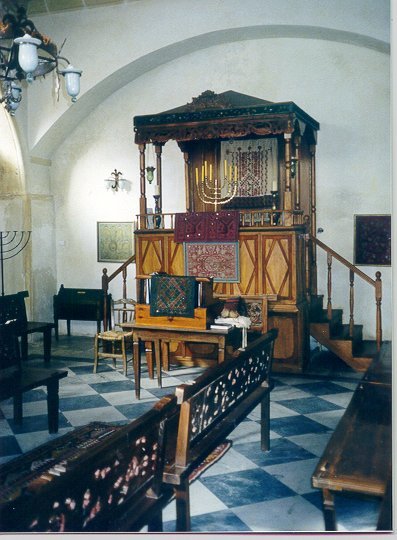
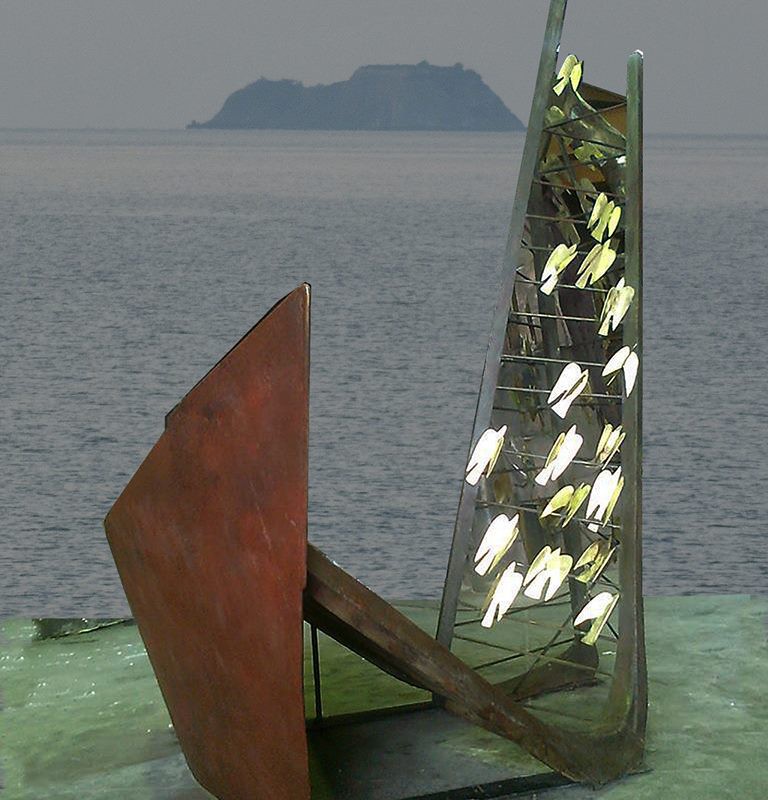 After the Holocaust, a total of seven Jews returned to the island. In 1956 there were only 2 families in Chania and later none.
After the Holocaust, a total of seven Jews returned to the island. In 1956 there were only 2 families in Chania and later none.
In 1999, the Etz Chayim Synagogue of Chania was restored and since then it functions during the Jewish holidays as well as as a cultural center. The Synagogue is a living cell of the city and with the various cultural activities it hosts attracts the interest of thousands of tourists who visit it every year as well as the local community.
TANAI VICTIMS MEMORIAL
In 2013, with the actions of the Municipality of Chania and KISE, the Memorial to the victims of the wreck of the steamship "Tanais" was placed on the Miaouli Coast (Sand Gate). The monument, which was designed by the sculptor Mr. Miltos Papastergiou, is dedicated to the Greek Jews of Crete, to the Christian resistance fighters of the island and to the Italian anti-fascist prisoners who fell victim to the Nazi invaders and met a tragic death in the sinking of the steamer "Tanais". on June 9, 1944.
